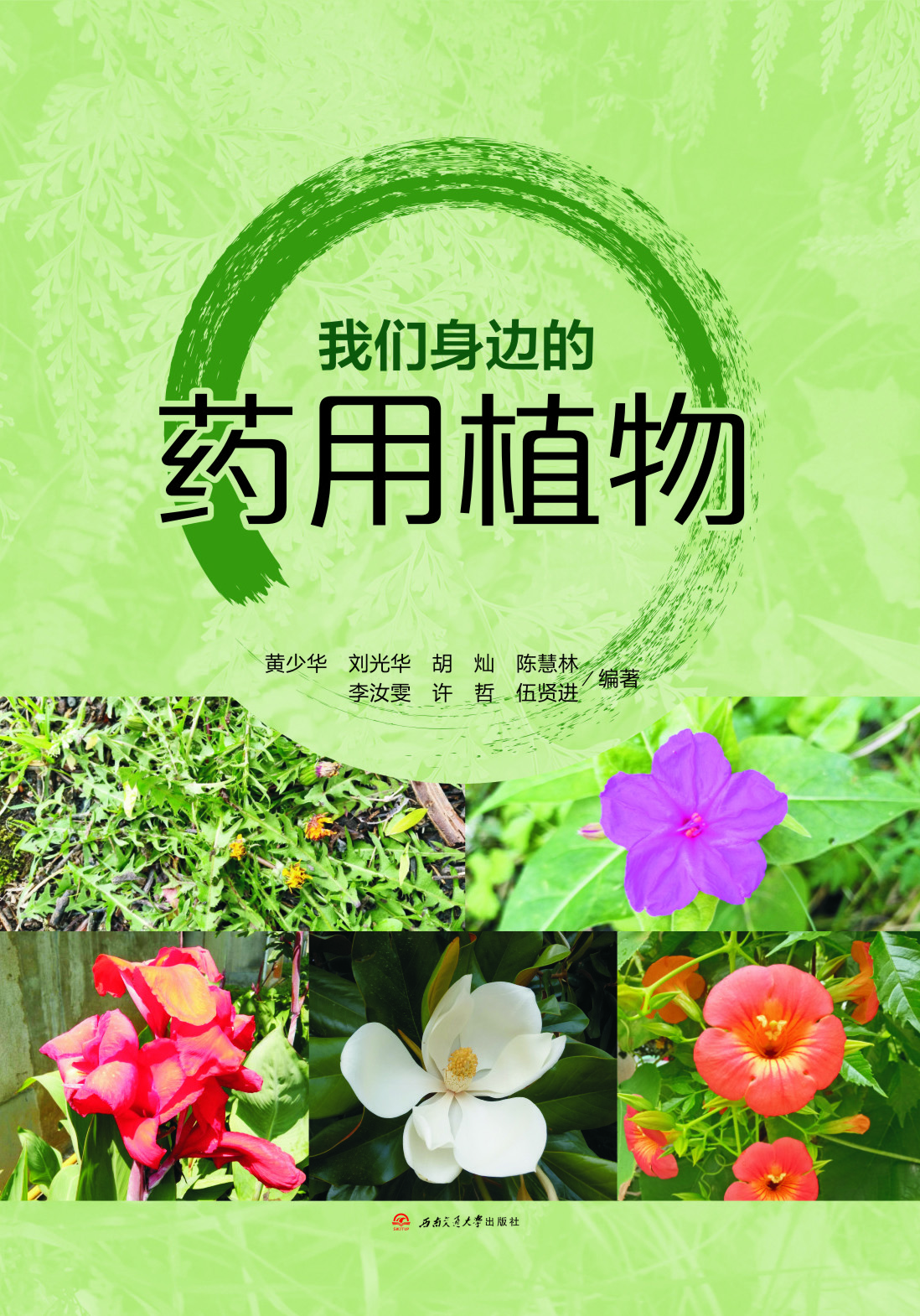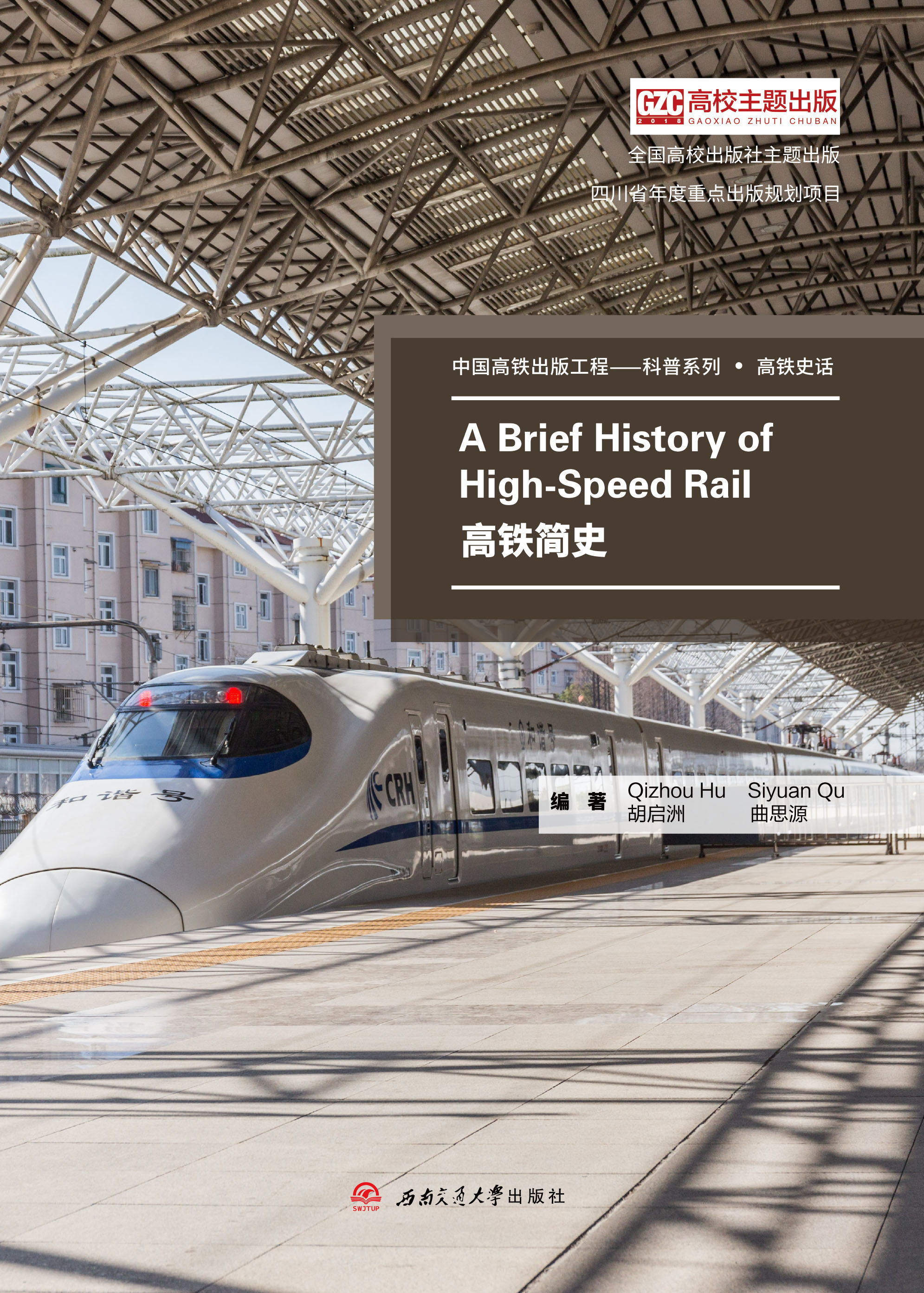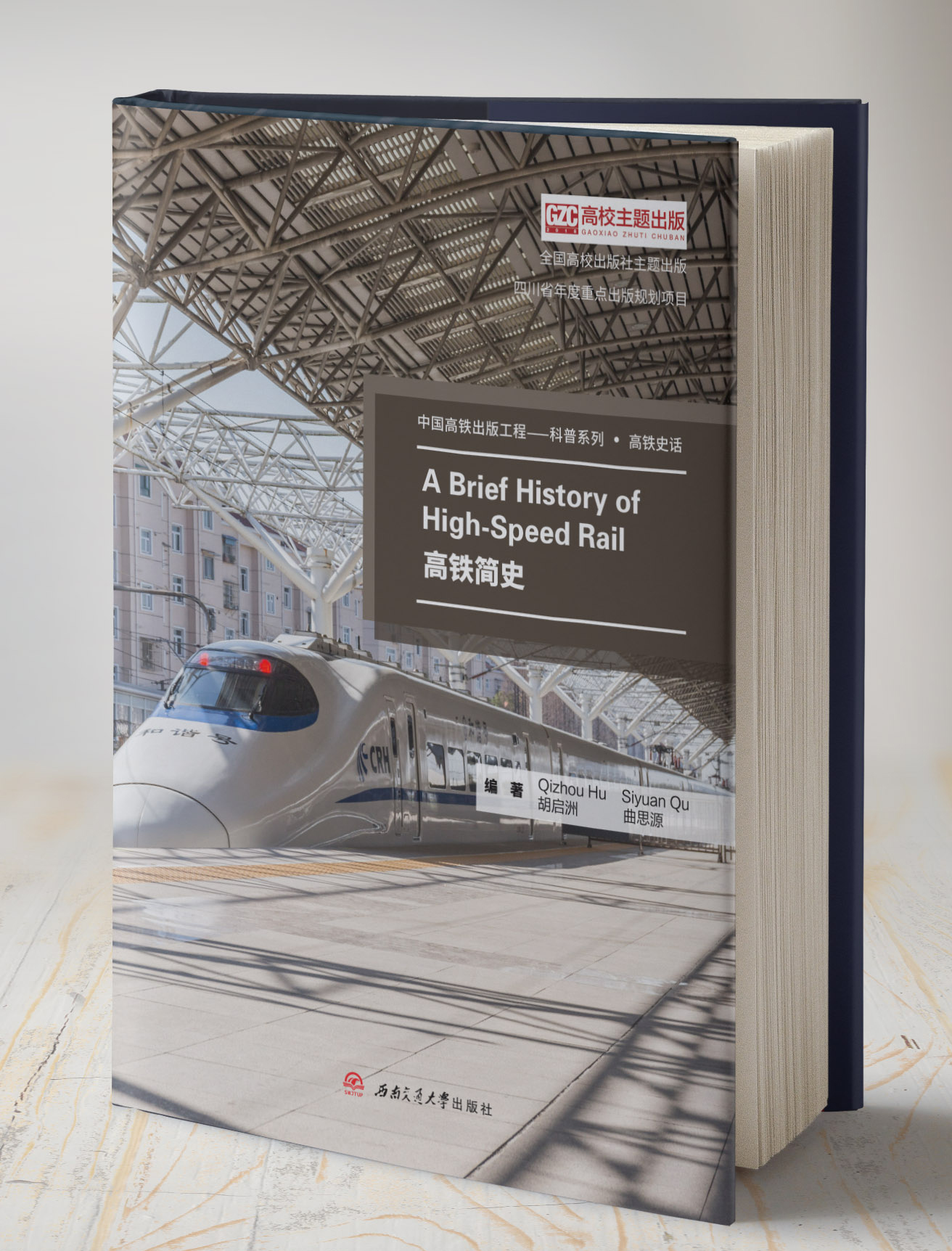-
 身边的科学
身边的科学作者:《最新中国少年儿童十万个为什么》编委会
本书涵盖了家庭生活、现代交通、学习园地、网络世界、自然灾害、自我保护等几个方面的内容。每章都有配套的精彩小栏目和大量精美的相关图片,不仅扩展了小读者的视野,激励了小读者的阅读兴趣,而且更增添了本书内容的可读性、直观性。本书用通俗平实的语言为小读者解答众多疑难问题,为他们展现了生活中所包含的科学道理,用科学原理层层剥去生活的神秘面纱。
-
 轨道上的家族
轨道上的家族作者:《轨道上的家族》编写组
本套图书向读者讲述了铁路轨道特别是我国铁路的建设历史,扼要讲解了轨道、桥梁、隧道、列车等相关工程的基本结构和原理、典型案例、发展现状和趋势,一定程度上展示了新中国六十多年来工程建设特别是高速铁路、动车组等方面的建设成就和发展速度。本册主要讲1949年新中国成立以来,与铁路轨道相关的线路、桥梁、隧道、机车等四大家族的工程结构和原理、典型案例和建设成就。
-
 我们身边的药用植物
我们身边的药用植物作者:黄少华 刘光华 胡灿 陈慧林 李汝雯 许哲 伍贤进
本书是一本科普读物,主要向大学生普及身边常见的100种药用植物,如木贼、银杏、美人蕉、辣椒、苦瓜、冬瓜等的基本知识,具体包括:各种植物的药用植物名和别名、产地和分布状况、活性成分与基本功能、采收和加工的基本方法、基本特征与识别方法等。全书参考了《中华人民共和国药典》《中药大辞典》《全国中草药汇编》《中国植物志》等著作,并将其作为说明和介绍药用植物的依据,同时实地拍摄了这些植物的图样。本书有助于当代大学生认识身边常见的植物类别,并能掌握其基本特性。
图书分类
Book classification- 高速铁路作为一种安全可靠、快捷舒适、运载量大、低碳环保的运输方式,已经成为世界交通业发展的主流交通方式,引领人类走向新时代。现今,中国已建成和运营着世界上规模最大的高铁运输体系,但是国人对于高速铁路的认知远远落后于高速铁路的发展速度,仍有一些问题困扰着国人,仍有一些有关高铁的基本知识有待被了解被传播。高铁史话丛书的出版旨在让国人体会自己国家高速铁路的传奇风暴,并给全世界人们提供熟悉世界高速铁路体系...查看更多
- PREFACE
As the saying goes, “height changes view; angle changes concept and scale grasps life”. While “speed” determ...查看更多
-
Table of Contents
Chapter 1 Introduction 1
1.1 Emerging conditions of HSR 3
1.2 Three leaps of HSR 5
1.2.1...查看更多 - 胡启洲,东南大学博士,清华大学博士后,南京理工大学高速铁路科学研究所所长,教授,博士生导师, 江苏高校“青蓝工程”学术带头人,河南理工大学特聘教授,主要研究方向为高速铁路、交通规划与管理





